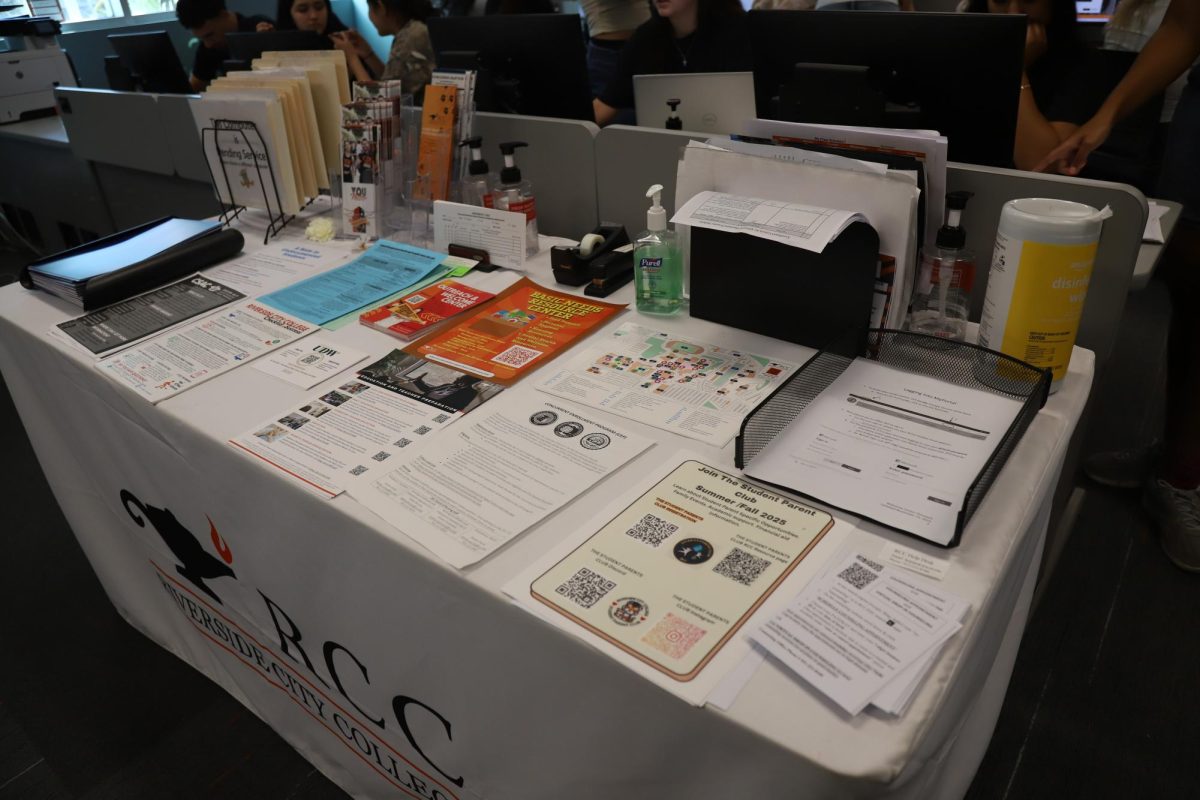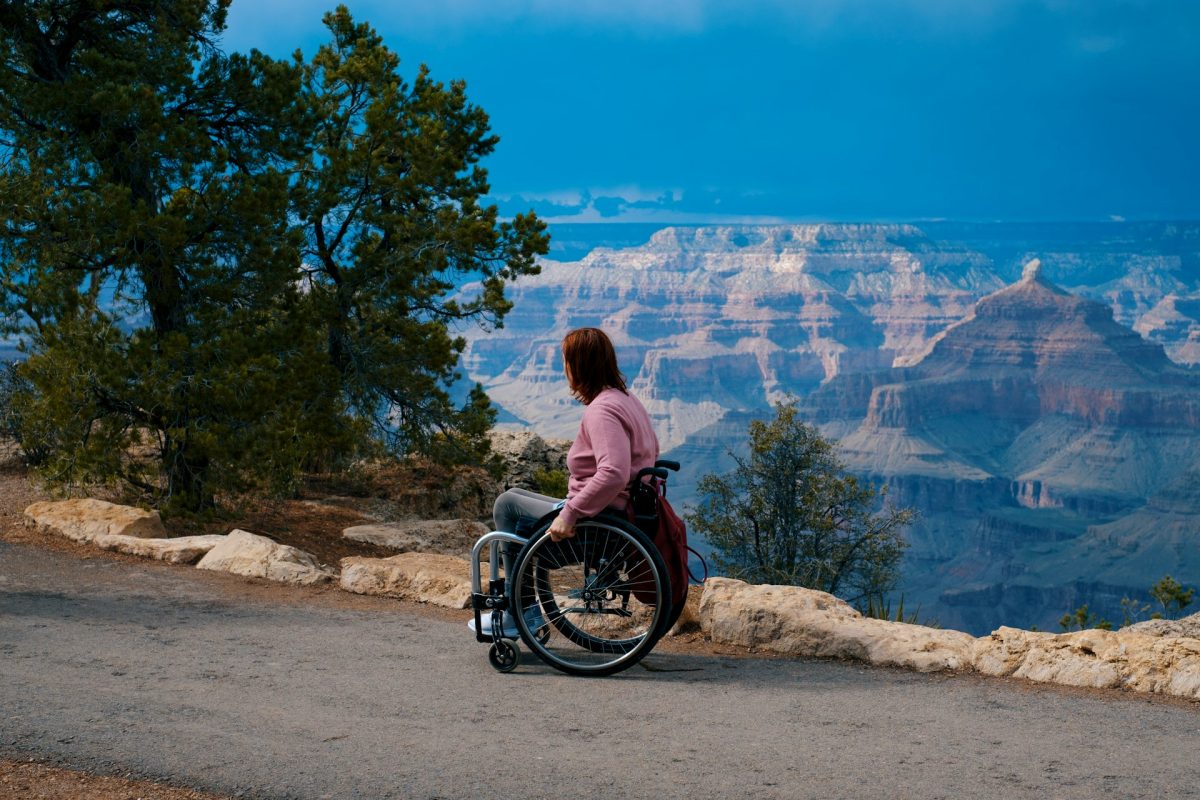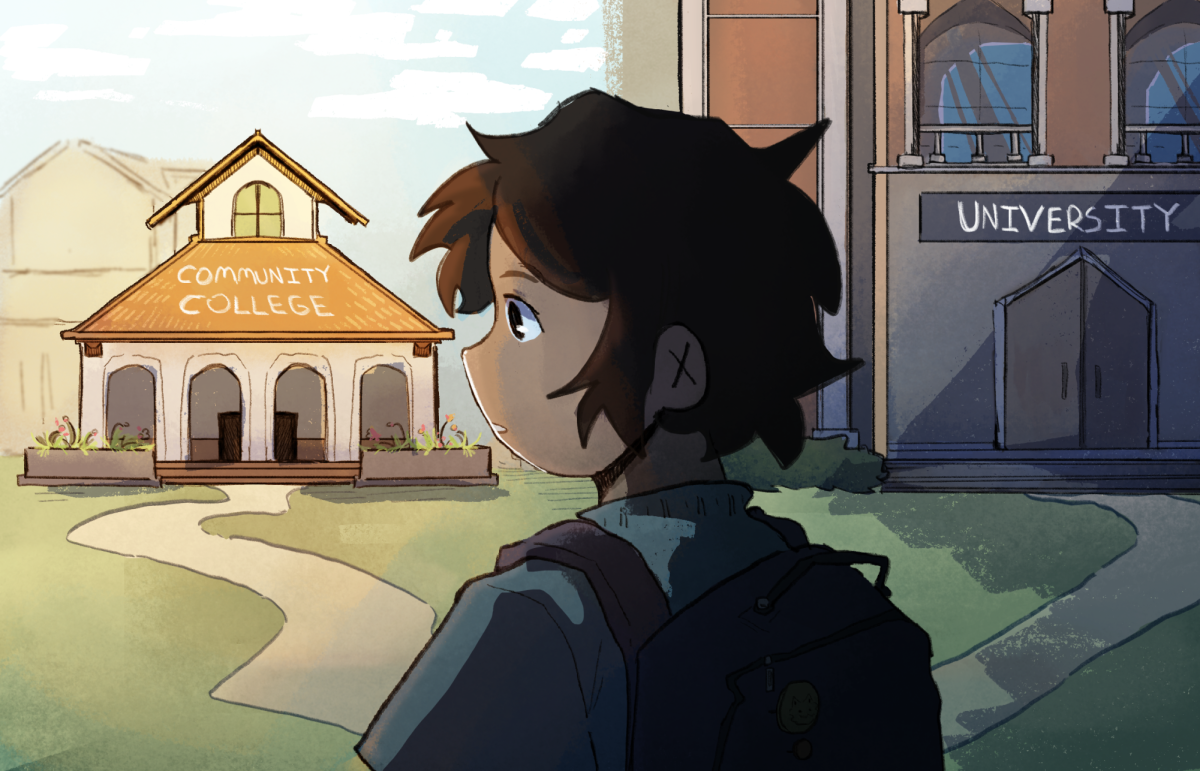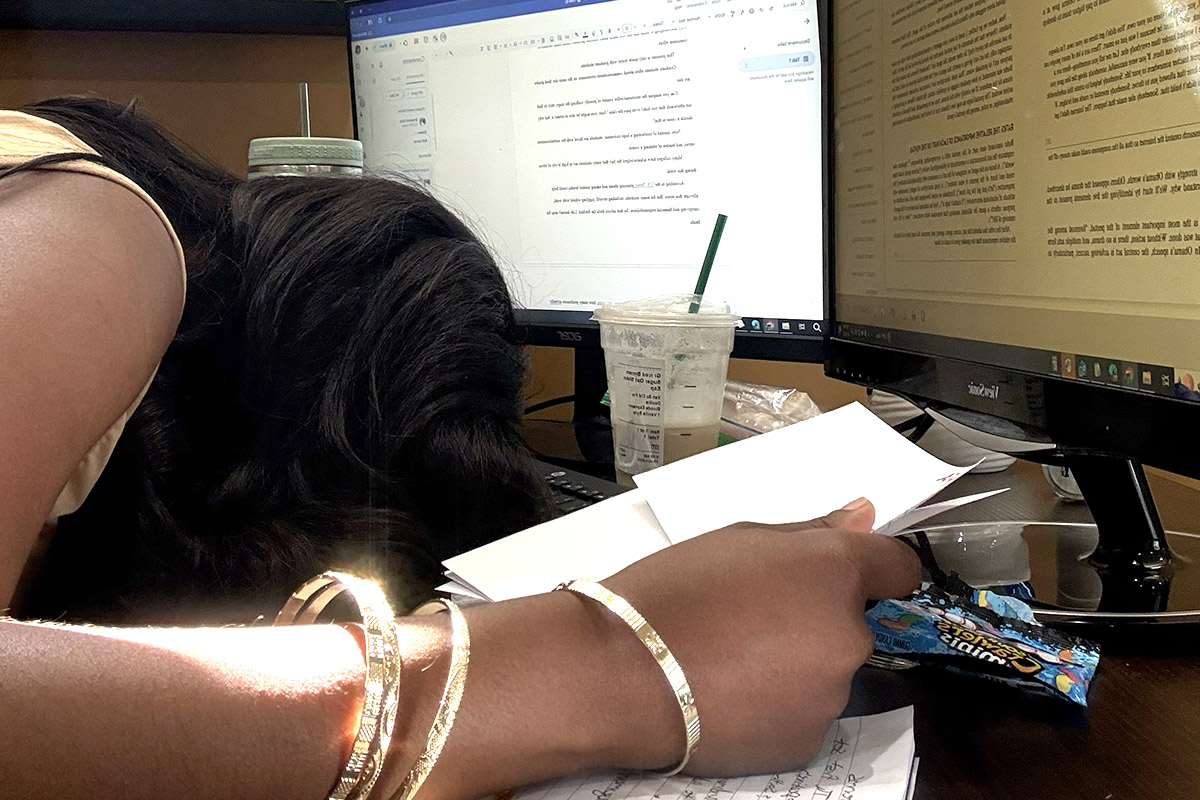
By John Guerrero
Over the past few years, YouTube has grown exponentially and has become a place where millions of users worldwide can express themselves.
Similar to TikTok’s boom, users have access to an ocean of videos ranging from gaming, cooking, comedy, horror and so much more.
As YouTube grew larger and saw the potential to make money, it began making changes to the platform’s landscape.
YouTube’s current CEO, Susan Wojcicki, claimed she would make the platform more diverse and welcoming to all people. That was a huge lie in terms of equality and diversity on a platform that was once stated to have rivaled network television for its creator’s freedom and unique content.
YouTube bots demonetize thousands of YouTube videos daily, despite most of these flagged videos following YouTube’s current guidelines. One of the hardest-hitting rules made is the possible demonetization of videos that include vulgar language and possible copyright.
For instance, when the pandemic worsened, people would share their stories about COVID-19. Despite this content being informative for the general public by initially monetized creators, they would face demonetization by the Content ID.
Similarly, topics covering issues within the LGBTQ+ community have been constantly flagged as sensitive or inappropriate.
In contrast to language resulting in a video becoming demonetized, copyright can also play a huge role. Fair Use is a system meant to protect creators utilizing content from another source for information, parody or commentary. Despite this, YouTube has failed to allow the purpose of Fair Use to be properly implemented within YouTube’s Content ID.
Content ID is essentially YouTube’s auto moderator on the platform. With this system in place, many creators fear using videos and music from other sources, although their usage may fall under the Fair Use conduct.
“Through its automatic copyright filter, Content ID, YouTube has effectively replaced legal, fair use of copyrighted material with its own rules,” Electronic Frontier Foundation’s Associate Director of Policy and Activism Katharine Trendacosta said.
Creators further struggle with understanding why their videos are flagged due to a lack of a feedback system.
For example, as stated by Matthew Patrick, YouTube content creator, in “Game Theory’s UNCENSORED Interview with YouTube CEO Susan Wojcicki,” video games walk a fine line. This circles back to the unclear Terms of Service agreement created regarding many topics.
Many content creators whose channels focus on gaming fear demonetization because of violence shown in the games they play and upload onto their channels. Further adding to this madness, YouTube gives each video a ‘content rating’ on which advertisers can choose to display their ads.
Yet again, on the creator side, they cannot see their given channel rating regardless of intended purposes, albeit satire, parody, comedy, gaming and so on.
At a minimum, YouTube should have implemented a system in which creators could build upon to create content that they enjoy making without having to stress about the invisible hands of demonetization lingering right around the corner.
There should be a transparent system in place that would dictate to creators what their channels are rated. There should also be strict guidelines that YouTube should follow in terms of Fair Use and monetization.
Two distinct layers of review should be in place for videos to pass through, rather than being completely automated. Although this may take up more time and resources, this type of system allows for videos to be quality-checked to ensure fair and equal monetization ratings.
Finally, YouTube should implement more communication between creators and human resources. Similar to the issues related to bigger and smaller channel inequality, there exists little to no human contact between creators and YouTube Human Resources.
Rather than having YouTube workers follow a basic response outline, there should be a more genuine connection in terms of help. The basic outline should be used to help determine the needs of the creator rather than being the answer itself.
YouTube as a whole has changed since its start back in early 2005. To this day, the platform continues to grow and adapt both to the mainstream audience and its creators and advertisers for better or for worse.
To accommodate everyone, YouTube should not only focus on the financial side but also on what would help benefit its content creators and audiences alike. Wojcicki should be open to making controversial choices that might negatively impact their finances to further improve the platform for everyone involved.
Sometimes taking risks can significantly benefit people more than taking the safer, more corporate route in the world wide web.






